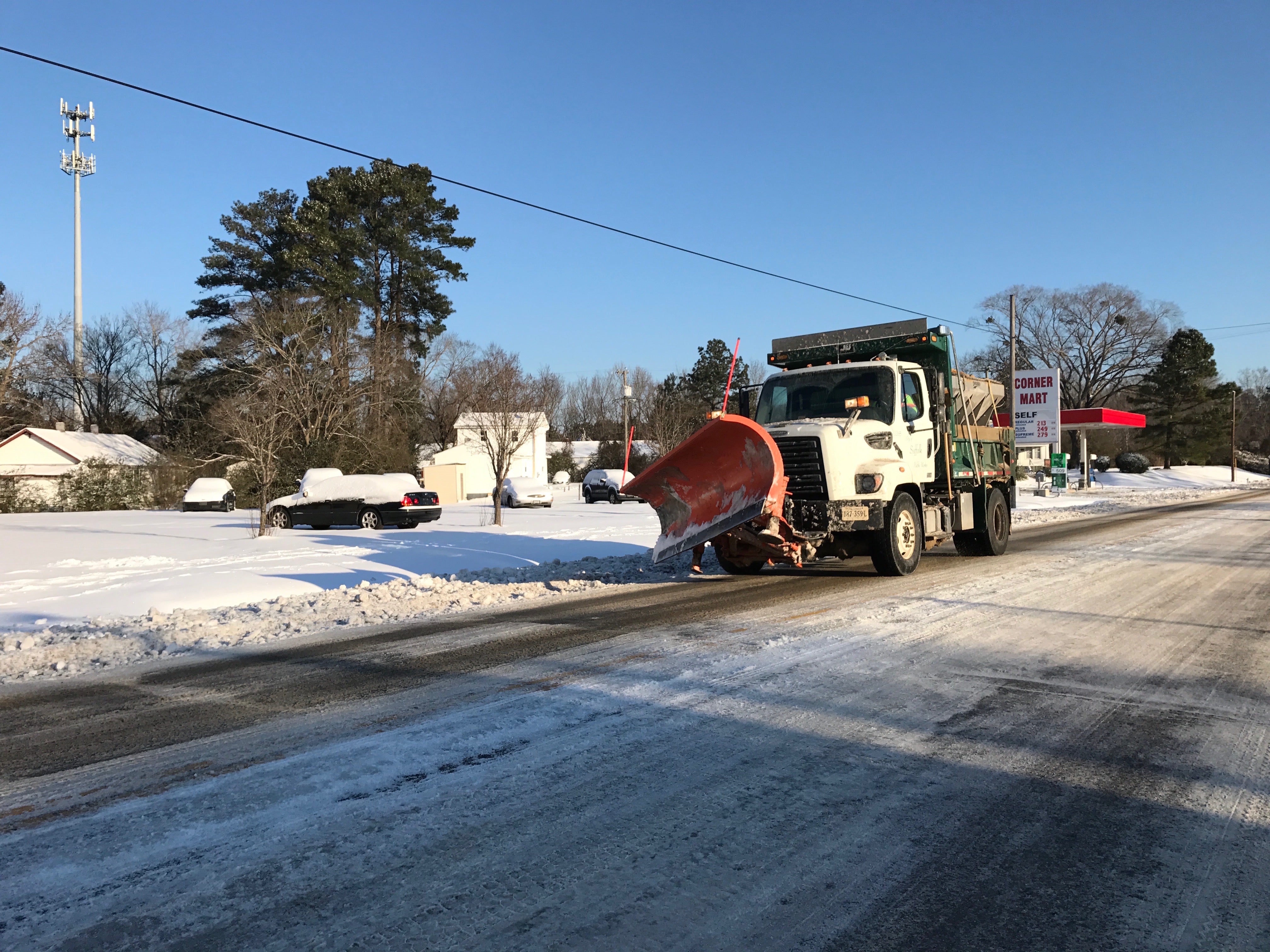City examining ways to control growth
Published 12:00 am Monday, December 16, 2002
Superstores, shopping centers, office buildings, and houses – thousands of them – are sprouting up on the fertile ground where farmers once raised peanuts and soybeans.
People are continuously moving into the city’s 463-square miles. From 1997 to 2002, the city has issued an average of 951 residential building permits annually. Last year alone, the city issued permits for 1,300 houses and 300 apartments.
&uot;We were second only to Virginia Beach in residential growth last year,&uot; said Steve Herbert, assistant city manager for development. &uot;Suffolk will soon be the fastest growing city in Hampton Roads.
&uot;…Growth is good. When you are not growing, you have a problem,&uot; he said. &uot;You just need to do it in balance.&uot;
Ideally, according to the 2018 Comprehensive Plan, Suffolk should have 600-800 new homes built annually to stay within a range of residential balance.
That balance will be increasingly jeopardized if they city’s growth continues unchecked, said Mayor E. Dana Dickens III.
&uot;If the growth gets up to 2000 or 3000 (new homes annually), then we’ll be in trouble,&uot; Herbert said.
The city will find itself scrambling to keep up with the water and sewer lines, school facilities, and providing fire and police services, he said.
Over the next couple of years, as the city planning department embarks on its five-year review of the 2018 Comprehensive Plan, it will be researching programs designed to curb growth through the purchase of development rights of residential development rights.
The department recommendation’s for that plan or any other will go before the Suffolk City Council as part of any revisions to the city’s complete plan.
Even when localities buy development rights, the landowner retains ownership of the property. The property owner is being paid to enter a contract promising not to develop if for a specific number of years.
Typically, property has to meet specific eligibility qualifications and participation in the program is voluntary.
&uot;This is a stop gap measure that would us to keep growth in check,&uot; Herbert said. &uot;If we don’t have a way to slow development, we’ll have to tax people at higher rate to pay for their (city) services.&uot;
Today, only five municipalities in Virginia have such programs: Virginia Beach and James City, Loudoun, Fauquier, and Albermarle counties.
Virginia Beach’s Agricultural Reserve Program, approved by the Virginia Beach City Council in 1995 and implemented in 1997, has proven successful, said Melvin Atkinson, the city’s rural community coordinator. The city is investing about $3 million annually into the program, all of which is generated by a dedicated 1.5- cent tax increase.
&uot;It’s proven extremely successful, both among the general population as well as the city’s rural farming community,&uot; said Atkinson. &uot;We’ve grown at a faster pace than many programs that have been in existence for 20 years.&uot;
Thus far, landowners of about 6,350 of the city’s eligible 30,000 acres have chosen to participate, said Atkinson. He is hoping to get at least 20,000 acres in the program.
In Virginia Beach, eligible property owners are paid the difference between the fair market value of the property and the current existing agricultural value, Atkinson said.
&uot;Sure, there are people who are opposed to it, mostly real estate agents or developers,&uot; he said. &uot;But their objective is for personal gain rather than looking at what benefits the city as a whole.&uot;
Joseph Barlow Jr. who has farmed approximately 600 acres in northern Suffolk for more than two decades, supports the city’s decision to consider starting some type of development rights purchasing program. Although he is unsure whether the Virginia Beach program would be appropriate for Suffolk, he believes some version of it would benefit Suffolk’s agricultural community.
&uot;Farmers are under tremendous pressure to sell to developers. You can make a lot more money,&uot; he said. &uot;I think anything that would equalize the playing field and deter farmers from selling for development is a good thing.&uot;
Barlow said he felt any agreement should include a clause that would allow either the city or the farmer to break the contract in instances of extenuating circumstances, such as a death.
&uot;I think 20 or 25 years is a long time to tie something up,&uot; he said. &uot;A lot of changes can happen in that length of time.&uot;



